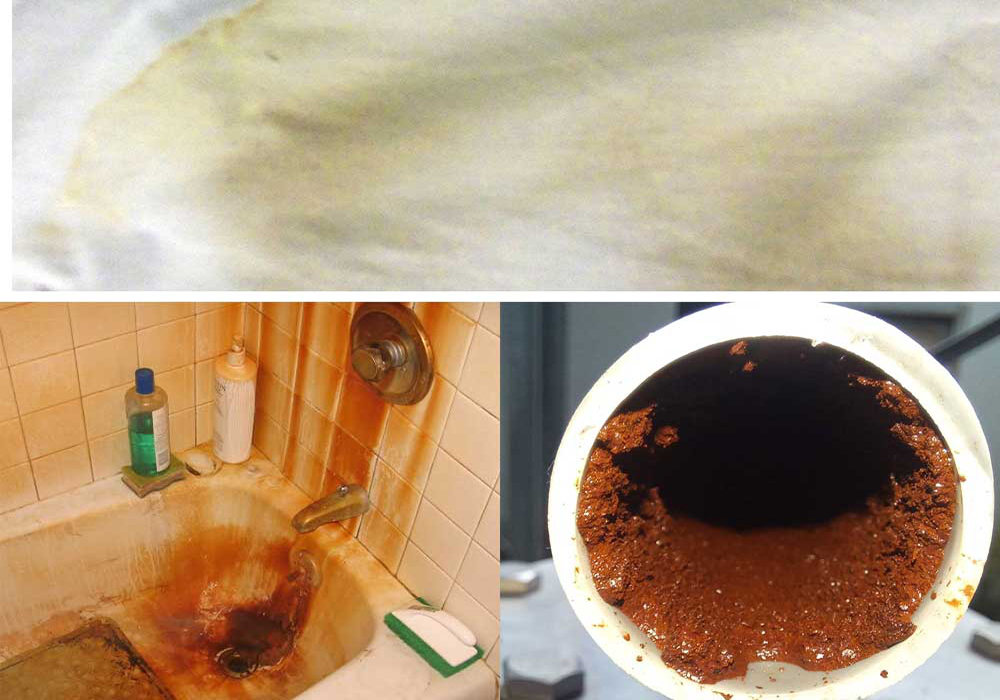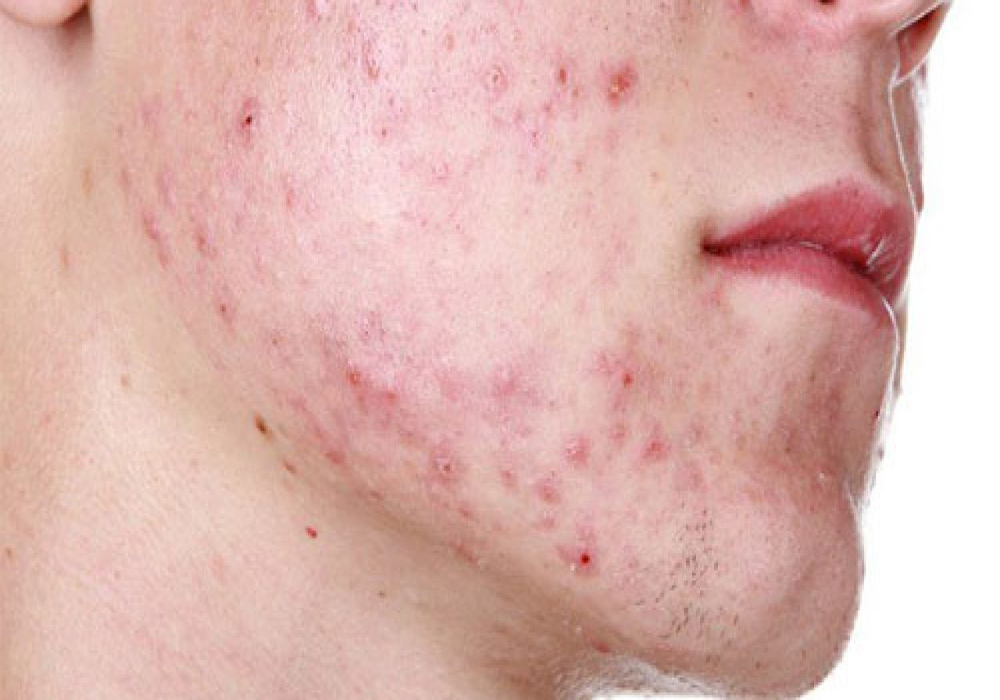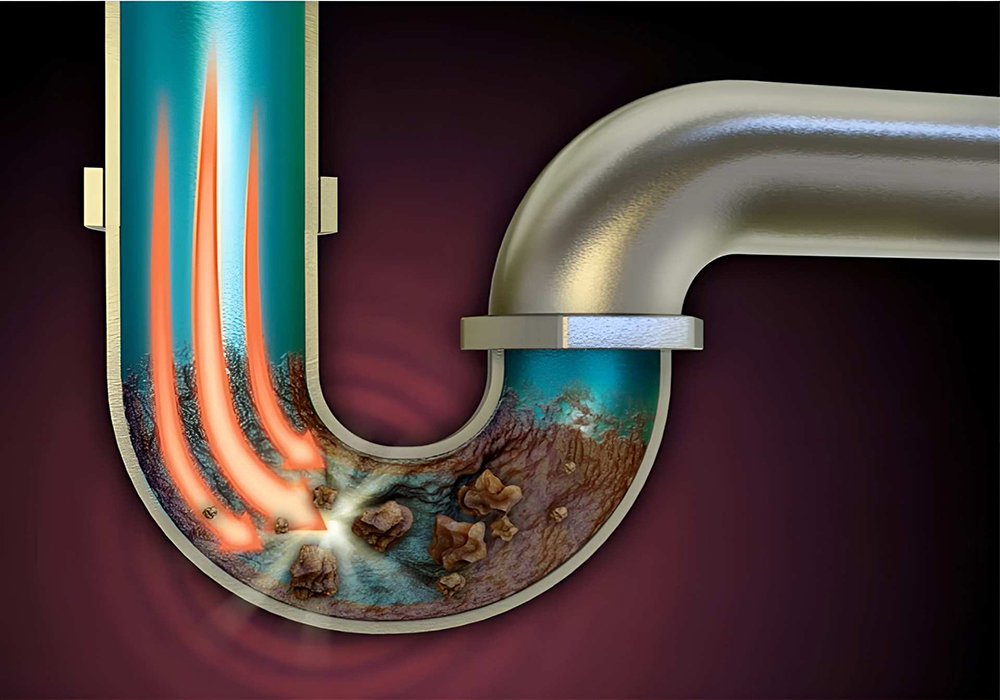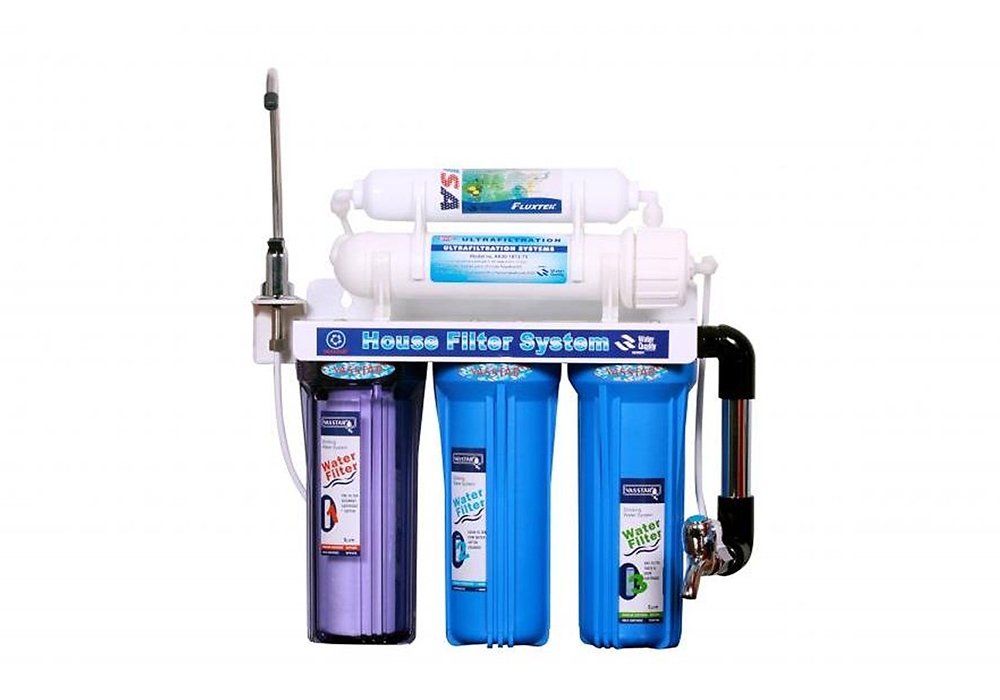Currently, domestic water sources contain a large amount of iron bacteria. Regular use of this water source can seriously affect health.

According to statistics from the Institute of Occupational Medicine and Environmental Hygiene, there are currently about 17.2 million Vietnamese people, equivalent to 21.5% of the population, who are using domestic water from untested or untreated wells… Some families choose to use well water because of its delicious taste. Some other households live too far from a tap water source.
What are iron bacteria?
Iron bacteria are tiny living organisms that occur naturally in soil and groundwater. In the wild, you can find them as reddish-brown clumps at the bottom of streams and lakes. They create a rusty bacterial cell scum by mixing iron and oxygen. As they feed, they secrete a slimy, sticky substance that can clog pumps, plumbing fixtures, and pipes. You can also look in your toilet tank to see if there are bubbles in the water and slimy structures clinging to the walls of the tank.
Are iron bacteria dangerous?
These iron-eating microorganisms do not pose a direct threat to human health. However, they are a hazard to water pipes. Water contaminated with iron bacteria smells like sewage. Water treatment equipment becomes less efficient and the water becomes oily.
Iron bacteria can cause corrosion in water pipes as the slimy rust buildup affects filters, toilets, and wellheads. Iron bacteria contamination may not pose a health threat, but it creates an ideal environment for other bacteria to grow. These bacteria can cause illness in humans and animals.
Causes acne and blemishes
Drinking water containing a lot of iron can have a negative effect on the skin. The skin will appear more dead cells than normal. The presence of iron on the skin will clog the pores, leading to the accumulation of sweat in the pores. The result is acne or melasma.

Food has a strange smell
Using iron-contaminated water for cooking will give the food a strange smell. Or using it to make tea or coffee will also give it an unpleasant smell, losing the characteristic delicious taste of these two drinks.
Damage to household items/equipments
If you wash dishes in water that contains iron, they will have orange or dark red stains. red. Iron can also cause stains on showers, bathtubs, toilets, etc. that look like rust.
Cause pipe blockage
When water flows through pipes with high iron content, it will easily clog the pipes. This is one of the reasons why water to the toilet, sink is clogged or the pressure of water flowing out of the faucet is reduced.

As iron bacteria form and grow in pipes, they gradually accumulate into brown slime. Any strong water flow can release these deposits and the water supply will appear orange or brown.
Standards for allowable iron levels in well water
- According to QCVN 01-1:2018/BYT, National technical regulations on domestic water quality, the maximum iron content in water must not exceed 0.5 mg/L.
- According to QCVN 6-1: 2010/BYT, National technical regulation on drinking water quality, the maximum iron content in drinking water should not exceed 0.3 mg/L.
How to remove iron bacteria in well?
In many cases, iron bacteria are already present in the soil. Sometimes, well repairs, installations, and drilling can introduce bacteria into the water system. If you want your water to be clean and free of contamination, there are two things to consider: prevention and treatment.
Anti-bacterial
You should never pipe well water directly into a lake or pond unless it has been disinfected. In particular, never use well water for repairs, drilling or priming.
While performing well repairs, do not allow machinery and equipment to become contaminated with mud or dirt. After any repairs, be sure to disinfect the pump and water pipes to ensure cleanliness. The well mouth must always be covered. Make sure the well mouth is at least one foot above ground level.
Bacteria treatment
Often, contamination caused by bacteria can be difficult to remove. Even if you do manage to remove it, there is always a risk of reinfection. You may need to consider multiple treatment options or develop a water treatment and maintenance schedule to ensure your water is always safe. Here are some of the most common treatment methods available today:
Physical removal of iron bacteria
You can remove bacteria in a few simple steps. First, clean the pump equipment. This requires you to disassemble the pump. In addition, the well mouth needs to be thoroughly scrubbed.
You cannot simply clean the well, that is not enough. You must combine regular cleaning of the well with the use of chemicals to kill the iron bacteria, ensuring that no contaminants remain.
Chemical treatment
Physical removal of iron bacteria is carried out before chemical treatment. The three groups of chemicals commonly used are surface cleaners, acids and disinfectants.
The most common surface cleaner is phosphate. Surface treatment is often used in conjunction with a chemical disinfectant. Acids kill bacteria, loosen grease, and dissolve dirt. Acids can be dangerous, so this method must be performed by professionals with the proper tools. The chemicals must also be handled properly. Remember, never mix acid and chlorine.
Disinfect with chlorine
Chlorine is the most common chemical used to treat iron bacteria. This will kill the iron bacteria in your well once, but it will not prevent it from recurring because it can live in groundwater.
Shock Chlorine is the process of using high concentration of chlorine, usually 1000 ppm or higher, into the well and water lines to clean iron bacteria. After adding chlorine, it must be left overnight or within 24 hours. At this time, the water in the well must not be used until the chlorine concentration is no longer present.
Pasteurization
Pasteurization involves using hot water or steam. Steam is injected into the well water to keep the temperature above 140 degrees for 30 minutes. The extreme heat can kill bacteria. Because of its high cost, this method is rarely used.
RO reverse osmosis technology
If the above methods can treat domestic water containing iron bacteria, then the RO water filtration system is the optimal solution to remove iron from direct drinking water.
With a super small filter gap of 0.0001 micron, the filter membrane only allows pure water molecules to pass through. Other toxins and bacteria in the water will be discharged with the wastewater. That means the iron in the water will be thoroughly treated. Thanks to that, the water after RO filtration almost meets the standards for direct drinking water. This is considered the most effective way to treat well water today.

Coming to Song Phung, you can find all the necessary products for water filtration from daily life to cooking or direct drinking. In addition, Song Phung also provides optimal solutions for water filtration systems in production, suitable for all industries.
See more: Fixing Weak Water Situation With Booster Pump
Call our Hotline 0913.90.72.74 – 0984.620.494 to get a product quote, or order online quickly at https://thietbinganhnuoc.com/san-pham
Follow Fanpage: https://www.facebook.com/SongPhungthietbinganhnuoc/ to be updated with new products.


